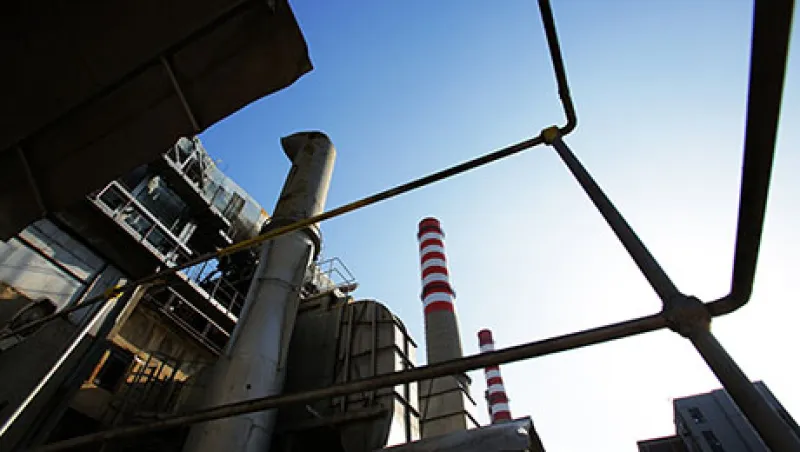Call it an inconvenient truth: President-elect Donald Trump appears to be gearing up for a battle with environmentalists before he has even been inaugurated. Trump has already promised to gut the Environmental Protection Agency and radically shift the Department of Energy’s focus back to fossil fuels and nuclear power (selecting former Texas governor Rick Perry, who sits on the board of Dakota Access Pipeline company Energy Transfer Partners, to lead the effort) and just named Rex Tillerson, the CEO of ExxonMobil, as his pick for secretary of State.
But several well-known climate change activists are gearing up for a fight of their own — and some of them have very deep pockets. Indeed, the Trump climate drama is unfolding just as two separate factions of billionaires have issued reports and calls to action. One of them is the Risky Business Project, an initiative backed and co-chaired by Bloomberg founder Michael Bloomberg, former Treasury secretary Hank Paulson and former hedge fund manager-turned-environmental-activist Tom Steyer, which issued a report this month showing just how much money is needed over the coming decades to change the energy mix and cut carbon emissions 80 percent economy-wide by 2050.
The report — titled From Risk to Return: Investing in a Clean Energy Economy — estimates that to hit that target, some $220 billion of additional capital will need to be invested per year from 2020 to 2030, with that number rising to $410 billion a year between 2030 and 2040 and falling to $360 billion a year from 2040 to 2050. Such capital investments would, the report contends, significantly reduce fuel costs, resulting in savings of $70 billion per year from 2020 to 2030, $370 billion a year from 2030 to 2040, and a massive $700 billon a year for the decade starting in 2050.
“We can reduce climate change with existing clean technologies. We don’t need an energy miracle,” said Paulson, formerly the CEO of Goldman Sachs Group and Treasury secretary under President George W. Bush, in a statement accompanying the report.
Paulson’s view, which is shared by others in the Risky Business tent, is in stark contrast to another would-be climate warrior, Bill Gates, the co-founder and former CEO of Microsoft and founder of the Breakthrough Energy Coalition, which this week announced the formation of Breakthrough Energy Ventures, an investor-led, $1 billion fund whose goal is “to build companies that will help deliver the next generation of reliable, affordable, and emissions-free energy to the world,” Gates said in a statement.
Investors in the fund include Jeff Bezos, founder and CEO of Amazon.com; Richard Branson, founder of Virgin Group; Jack Ma, executive chairman of Alibaba Group Holding; and former natural gas trader and hedge-fund-manager-turned-philanthropist John Arnold, as well as venture capital titans John Doerr and Vinod Khosla.
“I am honored to work along with these investors to build on the powerful foundation of public investment in basic research,” Gates said in the statement. Gates is of the belief that the world needs a new Manhattan Project — the U.S. program that developed the atomic bomb — to solve the problem of global warming and that current technologies are not up to the task.
Risky Business and Breakthrough Energy are not the only business groups urging greater awareness of and action around climate change. Just last month more than 350 business leaders and investors sent a letter to President Obama and President-elect Trump and other world leaders urging them to reaffirm commitment to the Paris Agreement and the need to accelerate the transition to a low-carbon economy. And this week Paramount Pictures announced it plans to release sequel to former U.S. Vice President and longtime climate campaigner Al Gore’s 2006 box-office-hit documentary on climate change, An Inconvenient Truth.
Such a steady drumbeat of passionate calls for climate reform from business leaders, entrepreneurs and asset owners does not take away from the fact that the next few years look likely to be very positive for the U.S. coal, oil, and gas sectors. Meanwhile, the burden for funding clean energy solutions will likely fall more heavily on the private sector than ever before.






